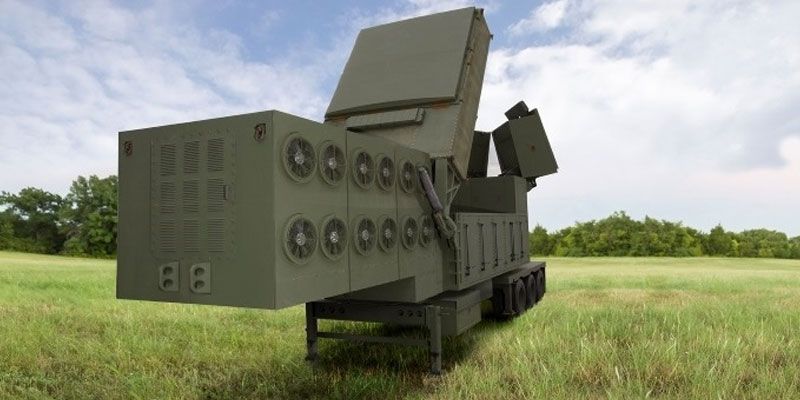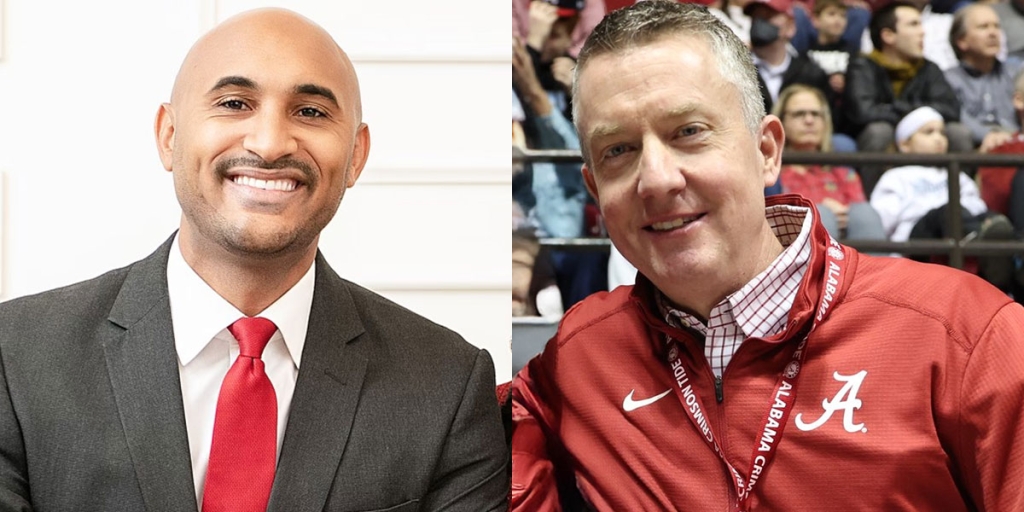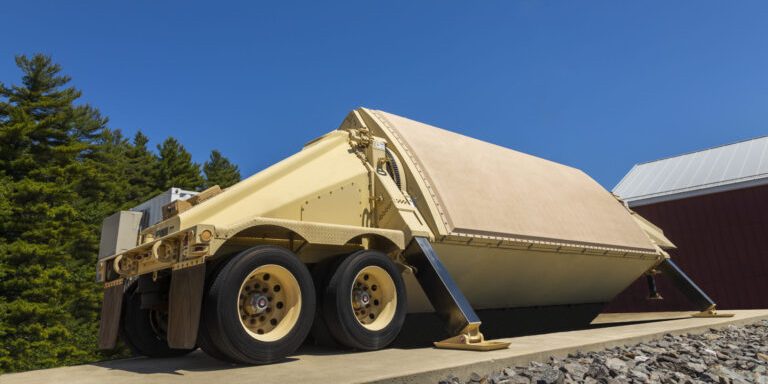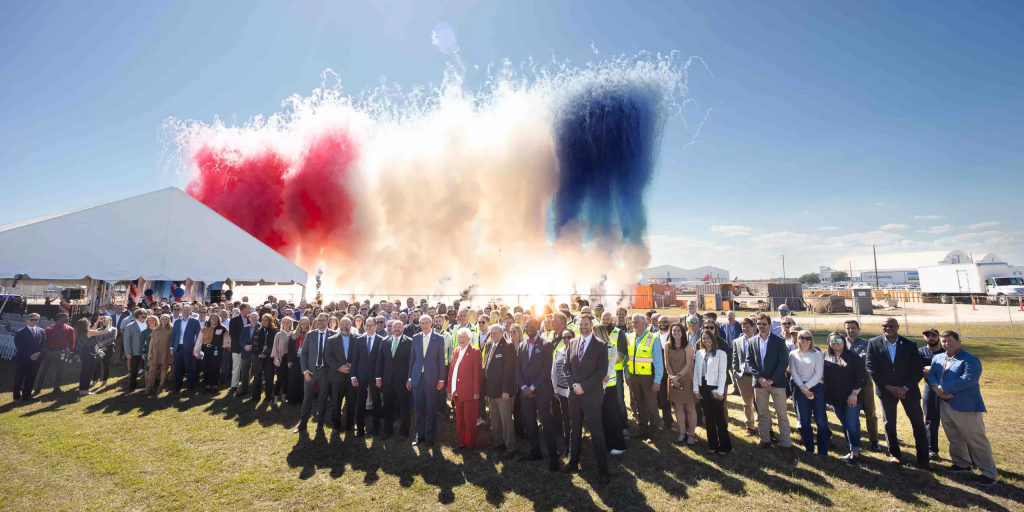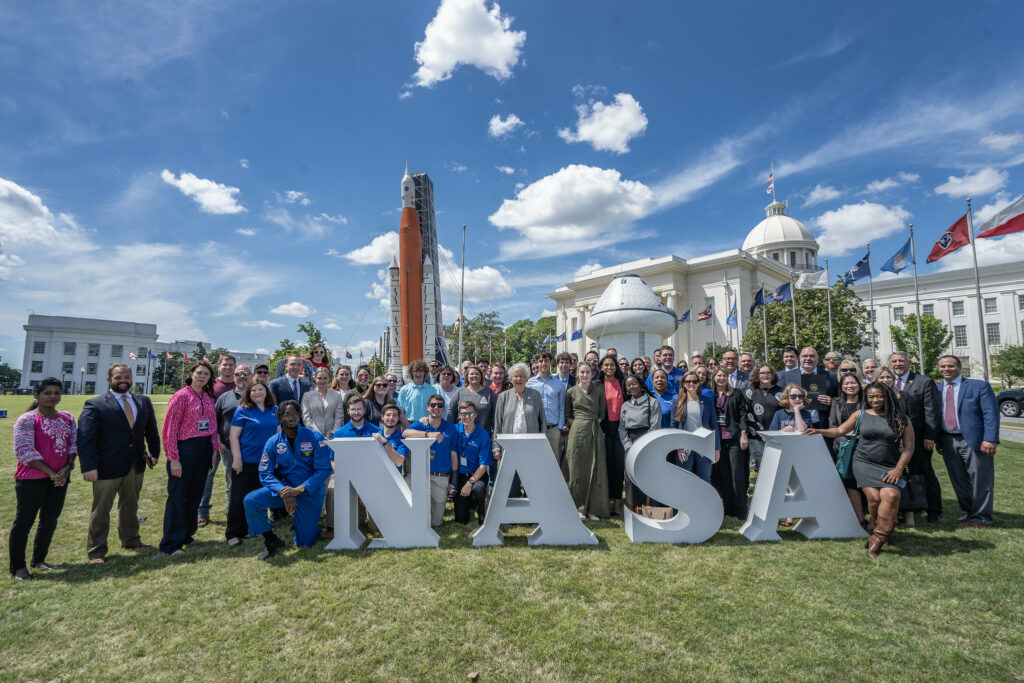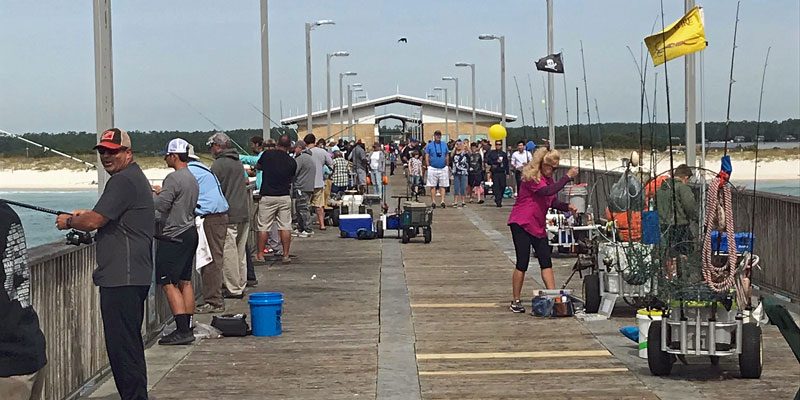Turns out, Alabama’s “Rocket City” knows a lot about radars, too.
Huntsville picked up its nickname after serving as the cradle of the nation’s rocket program and hosting NASA’s Marshall Space Flight Center, a key player in the space program for decades. The North Alabama city is also a mecca for the defense industry and home to the U.S. Army Aviation and Missile Command at Redstone Arsenal.
Today, Huntsville is where Raytheon is working with local suppliers to produce the U.S. Army’s next-generation, 360-degree capable radar, the Lower Tier Air and Missile Defense Sensor, or LTAMDS.
Earlier this month, the U.S. Army announced that Raytheon will receive more than $384 million to deliver six production representative units of the advanced LTAMDS radar under an agreement.
LTAMDS is a new radar that will ultimately replace the current U.S. Army’s Patriot radars. It will operate on the Army’s Integrated Air and Missile Defense network.
‘RADAR CITY’
Raytheon already produces radars with Huntsville roots, including the AN/TPY-2 air and missile defense radar, the KuRFS air surveillance radar and radars for the Patriot air and missile defense system.
Raytheon’s LTAMDS supplier development team totals six firms – four of them based in Huntsville.
“It’s a surprise to people just how much defense work goes on here in Huntsville, and now we’re providing support to the Army’s next radar,” said Allen Young, the CEO of Kord Technologies.
Young established Kord in Huntsville with her husband Tom Young, Kord’s president, in 2008. Now Kord is one of several Huntsville companies that has become part of the Raytheon LTAMDS team, helping to advance the defense giant’s LTAMDS proposal.
“This is our whole world,” she said.
HUNTSVILLE CONNECTION
Cummings Aerospace, another female-led defense company in Huntsville, performs advanced modeling, simulation and visualization. That’s where Clyde Cochrane works for CEO Sheila Cummings as program director for Raytheon programs.
In 2013, while serving as an Air Defender in the U.S. Army, Cochrane led a deployment of the THAAD air and missile defense system, which uses Raytheon’s AN/TPY-2 radar as its eyes. He calls the experience his “claim-to-fame story.”
“After being deployed in conflict areas using defense equipment, it’s meaningful to work for a company supporting Raytheon on mission-critical programs,” Cochrane said. “I know it can be life or death to the warfighter, and we take that seriously. I’ve been there.”
Another supplier, the nLogic team led by CEO Tim Thornton, has long supported U.S. Army’s Integrated Air and Missile Defense. The company is conducting sustainment and logistics for Raytheon’s LTAMDS proposal.
At IERUS Technologies, yet another Huntsville company working on LTAMDS, engineers use Agile development methods to help provide Raytheon with advanced algorithms and machine learning, according to Executive Vice President Michael Roesch. In fact, the engineers at IERUS use Agile for everything they do, he said.
“Our tech firm has engineers, mathematicians and scientists supporting Raytheon’s innovative LTAMDS work,” Roesch said.
ALABAMA ROOTS
Raytheon also manufactures its SM-3 and SM-6 rockets at a highly automated factory in Huntsville.
“Raytheon is a world-class company that it is working in Alabama and with its partners in the Huntsville defense community to advance technology to keep our country and our allies safe,” said Greg Canfield, Secretary of the Alabama Department of Commerce.
“This innovative new radar system is vitally important, and we are proud that it will have roots in our state.”
(Courtesy of Made in Alabama)




